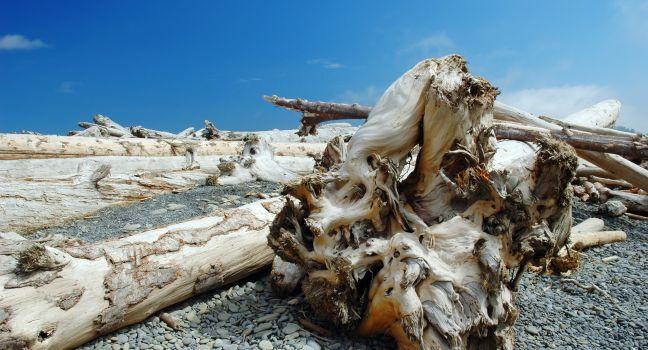Dungeness Spit

Curving nearly 6 miles into the Strait of Juan de Fuca, the longest natural sand spit in the United States is a wild, beautiful section of shoreline. More than 30,000 migratory waterfowl stop here each spring and fall, but you'll see plenty of birdlife year-round. The entire spit is part of the Dungeness National Wildlife Refuge. You can access it from the trail that begins in the 216-acre Dungeness Recreation Area, which serves as a portal to the shoreline. At the end of the spit is the towering white 1857 New Dungeness Lighthouse ( www.newdungenesslighthouse.com). Tours, including a 74-step climb to the top, are available, though access is limited to those who can hike 5½ miles or paddle about 3½ miles out to the end of the spit—the closest launch is from Cline Spit County Park, and boaters are required to call the refuge office before landing. You can also enroll to serve a one-week stint as a lighthouse keeper. If you'd prefer not to make the long trek to the lighthouse, an endeavor you should only attempt at low tide to avoid having to climb over massive driftwood logs, you can still take in beautiful scenery and spot myriad wildlife by hiking a mile or so out along the spit and back.



